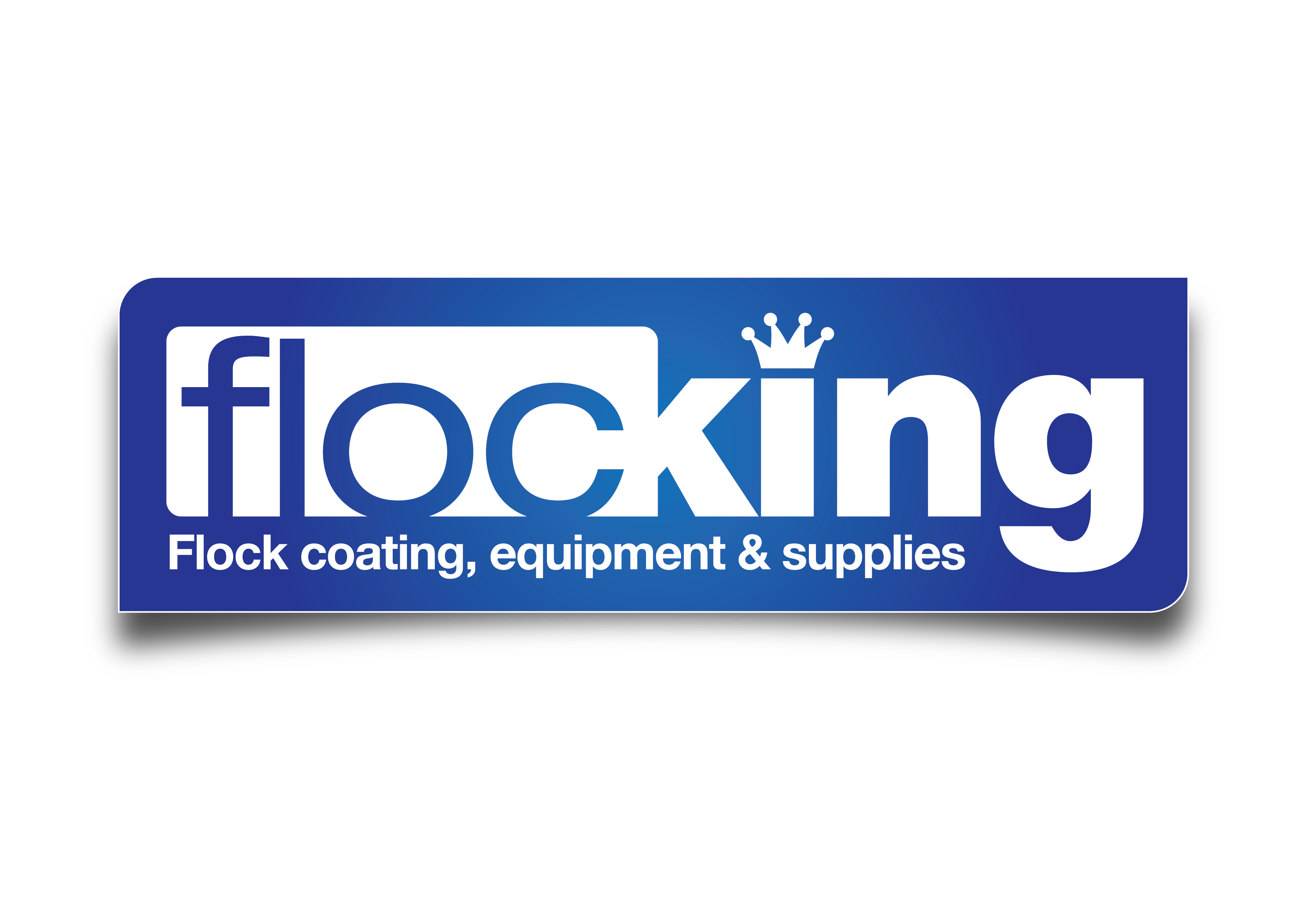FAQs
What is Flocking?
Flocking is a process where short monofilament fibres, typically made of Nylon or Rayon, are applied to a substrate coated with a specialised flocking adhesive. The individual fibres, which are only a few thousandths of a centimetre in diameter, vary in length depending on the application. These fibres are then electrostatically propelled and set into the adhesive at right angles (stood upright), creating a smooth, velvet-like texture.
How Much Flock Will I Need?
The amount of flock required depends on the length of the flock being used. Below is a general guide for coverage using 1kg bags:
- 2.0mm 22 dtex Flock – Covers 5-6m²
- 1.0mm 3.3 dtex Flock – Covers 8-9m²
- 0.5mm 1.5/1.7 dtex Flock – Covers 8-10m²
Which Flocking Machine Do I Need?
Flocking Ltd offers a range of professional flocking machines, suitable for varying production levels and project sizes:
- FK1-PRO: A handheld, battery-operated unit that’s perfect for smaller areas, such as car dashboards and interior trim. It’s an excellent entry-level option for both hobbyists and industrial workshops. Despite its compact size, it offers impressive power from a single 9V battery, making it our best-selling DIY flocking applicator.
- FK5 PRO: A mains-powered, more robust machine designed for larger areas and multiple items. It’s ideal for businesses looking to increase production, especially in automotive applications like flocking car dashboards and interior parts.
We also offer custom flocking setups for more specific needs, but we recommend the FK1-PRO and FK5 PRO for their combination of ease of use and professional results.
Which Flocking Adhesive Should I Use for a Dashboard?
For flocking dashboards and automotive parts, we recommend EP4376/H4376 Flocking Epoxy Adhesive. This 2-part adhesive is specially formulated for flocking processes. It can be applied manually with a roller or brush, or thinned with acetone for spraying with a spray gun.
How Do I Mix and Apply EP4376/H4376 Epoxy Adhesive?
To mix EP4376/H4376, combine equal parts by volume (not weight):
- 50% EP4376
- 50% H4376
Application Tips:
- Working Temperature: Between 15°C and 25°C
- Open Time: At least 20 minutes under normal conditions
- Thinning: For spray application, thin the mixture by up to 20% of the total volume using acetone.
Why Do I Need Pigment for My Flocking Epoxy Adhesive?
Pigmenting your adhesive is essential when the surface being flocked is a different colour from the flock itself. Matching the adhesive colour to the flock ensures a more seamless, uniform finish. It’s always recommended to pigment your adhesive for the best results.
Add small amounts of pigment at a time and mix thoroughly until you achieve the desired colour. For dark surfaces with light-coloured flock, you’ll typically need to strongly pigment the adhesive to ensure even coverage and consistent colour across the item.
What Nozzle Size Should I Use When Spraying Adhesives with an Air Gun?
We recommend using a 1.8mm - 2.0mm nozzle for spraying most of our sprayable adhesives to ensure an even and controlled application.
How Do I Clean a Flocked Surface?
Gently vacuuming with a soft brush attachment is usually sufficient for cleaning flocked surfaces. For more stubborn stains, a slightly damp cloth can be used with care. Avoid harsh chemicals or excessive rubbing.
